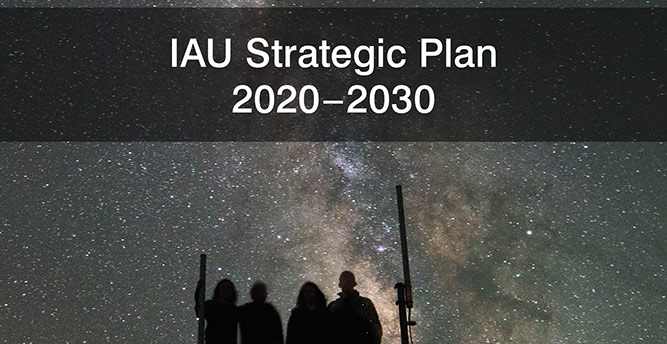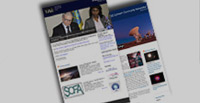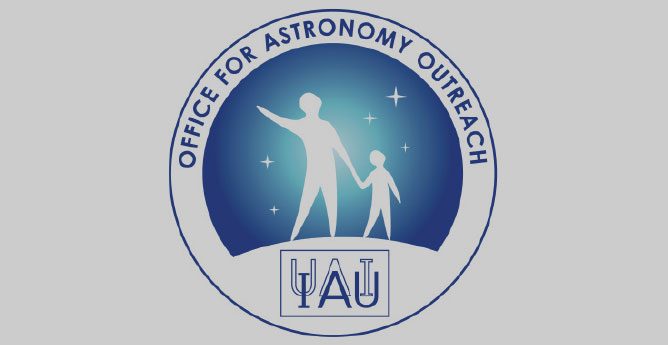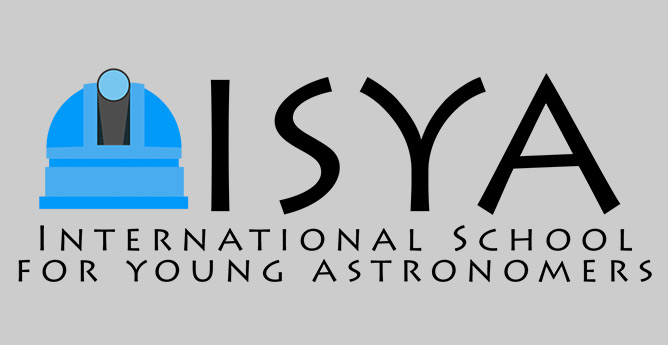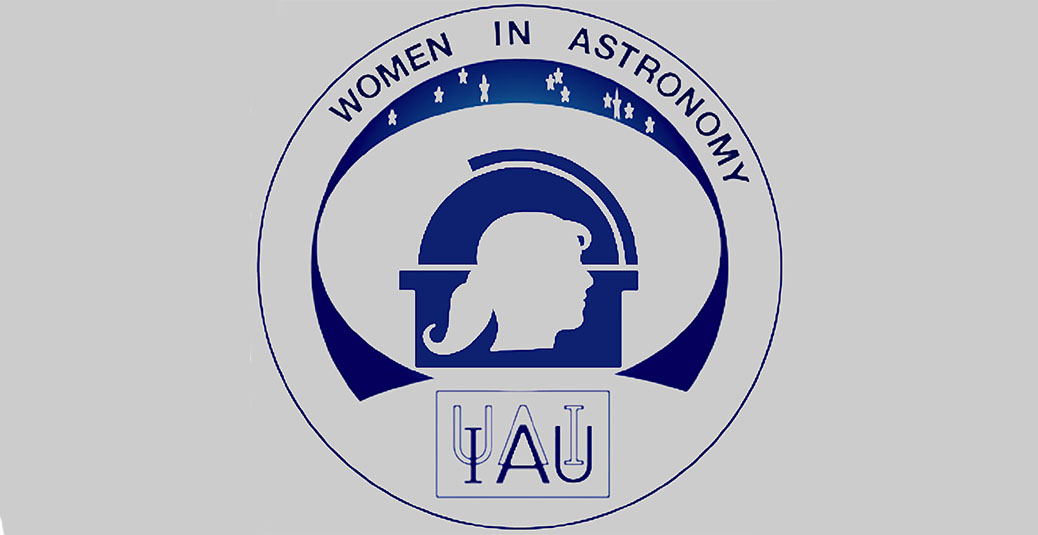- News
- Science
- Scientific Bodies
- Divisions
- Commissions
- Commission A1 Structure
- Commission A2 Structure
- Commission A3 Structure
- Commission A4 Structure
- Commission B1 Structure
- Commission B2 Structure
- Commission B3 Structure
- Commission B4 Structure
- Commission B5 Structure
- Commission B6 Structure
- Commission B7 Structure
- Commission C1 Structure
- Commission C2 Structure
- Commission C3 Structure
- Commission C4 Structure
- Commission C5 Structure
- Commission D1 Structure
- Commission E1 Structure
- Commission E2 Structure
- Commission E3 Structure
- Commission E4 Structure
- Commission F1 Structure
- Commission F2 Structure
- Commission F3 Structure
- Commission F4 Structure
- Commission G1 Structure
- Commission G2 Structure
- Commission G3 Structure
- Commission G4 Structure
- Commission G5 Structure
- Commission H1 Structure
- Commission H2 Structure
- Commission H3 Structure
- Commission H4 Structure
- Commission J1 Structure
- Commission J2 Structure
- Commission J3 Structure
- Commission X1 Structure
- Commission X2 Structure
- Past Commission Organising Committees
- Working Groups
- Centres
- Scientific Meetings
- Rules & Guidelines
- General Assemblies
- Meeting Proposals
- Future IAU Meetings
- General Assemblies
- EC Meetings
- Officers' Meetings
- Regional Meetings
- Symposia
- Focus Meetings
- Institutional Meetings
- IAU Offices Meetings
- IAU-Sponsored Meetings
- Letters of Intent submitted for 2024
- Letters of Intent submitted for 2023
- Letters of Intent submitted for 2022
- Letters of Intent submitted for 2021
- Letters of Intent submitted for 2020
- Past IAU Meetings
- Templates
- Other Meetings
- Grants & Prizes
- Scientific Bodies
- Publications
- IAU Publications
- IAU Strategic Plan
- Symposia
- WGSBN Bulletins
- Regional Meetings
- Information Bulletins/Catalyst
- E-Newsletters
- Focus Meetings
- Transactions A
- Transactions B
- Related Publications
- GA Newspapers
- CAPjournal
- IAU Books
- Brochures
- IAU Offices
- WG Reports
- Commission Reports
- Division Reports
- Past IAU Publications
- Rules, Guidelines and Instructions for Proceedings
- Publishers
- IAU Publications
- Administration
- About the IAU
- Statutes & Rules
- IAU Policies
- IAU Executive Bodies
- IAU Secretariat
- Resolutions
- Members Administration
- Administrative Dates & Deadlines
- International Organisations Relations
- Donate to the IAU
- Training in Astronomy
- Astronomy for Education
- Astronomy for Development
- Astronomy for the Public
- Office for Astronomy Outreach
- FAQ
- Themes
- Satellite Constellations
- Astronomy in Everyday Life
- How to Report a Discovery
- Careers in Astronomy
- Defining our Place in the Cosmos
- The Constellations
- Light Pollution
- Measuring the Universe
- Near Earth Objects
- How to Participate in Astronomy Research
- Naming of Astronomical Objects
- Naming of Exoplanets
- Buying Star Names
- Naming Stars
- Pluto and the Solar System
- IAU Member Statistics
- Our Moon: the Moon
- Meteors & Meteorites: The IAU Definitions of Meteor Terms
- UNESCO-IAU Portal to the Heritage of Astronomy
- Social Media
- Past Events
- Call for Online Resources
- Astronomy@Home Awards
- Contact
Ivan R. King
United States
1927-2021
Obituary:
Ivan Robert King, one of the preeminent astronomers of his generation, passed away on August 31, 2021, from complications following a surgery. He was 94 years old. His work led to a deeper understanding of globular star clusters, their structure, dynamics, evolution, and their stellar content. He also played an important early role in the development of the Hubble Space Telescope.
He was born on June 25, 1927, in the Far Rockaway neighborhood of Queens in New York City to father Myram and mother Anne (Franzblau) King. His intellectual gifts were apparent from an early age, winning him a scholarship to Lawrence Woodmere Academy for his elementary and secondary studies. He enrolled in the Hamilton College (NY) at the age of 16, graduating with high honors at the age of 19 with a BA degree in Physics, Mathematics, and German. He then entered the Astrophysics graduate program at Harvard University, working under the supervision of the famous astronomers Harlow Shapley and Bart Bok, receiving his PhD in 1952. While at Harvard, he was awarded a prestigious Fellowship in the Harvard Society of Fellows (1947-1951) and served as an instructor in Astronomy. Also, while at Harvard (1951-1952), he worked on one of the first electronic computers, the Mark I, becoming a skilled programmer, nominally employed as a mathematician for the Perkin-Elmer Corporation. Thus began his lifelong interest in computers, which served him well throughout his career. He served with United States Naval Reserve (1952-1954), and subsequently with the Department of Defense (1954-1956), using his expertise in computing and cryptanalysis.
He married Alice Greene in 1952, and had four children, David, Lucy, Adam, and Jane King. They divorced in 1982. He married The Rev. Judy Schultz of Seattle in 2002.
In 1956, he joined the faculty at the University of Illinois at Urbana-Champaign, moving to a faculty position at the University of California, Berkeley, in 1964, where he spent most of his scientific career, becoming an Emeritus Professor in 1993. The final part of his professional career was spent at the University of Washington, Seattle, starting in 2002, where he remained scientifically active nearly to the end of his life. While in Berkeley, he served as the Chair of the Astronomy Department (1967-1970). He was known as an outstanding teacher and mentor, helping the professional growth of a number of students and postdocs. He officially supervised 15 PhD students and co-supervised a few more. He authored or co-authored nearly 300 scientific papers and 3 books.
Among his colleagues he was known for his encyclopedic knowledge, deep scientific insights, a sharp intelligence, and an even sharper wit. He maintained the highest standards of scholarship and scientific integrity and instilled them in his students and collaborators.
He had a passion for opera, literature and the visual arts. Among his many intellectual interests, King had a keen interest in linguistics, and he had at least some abilities in about ten languages, classical and modern.
He was active in the American Astronomical Society, serving as a Counsellor (1963-1966), Chairman of the Dynamical Astronomy Division (1972-1973), and as President (1978-1980). He was also an active member of the International Astronomical Union, where he was Chair of the Commission on Star Clusters (1973-1976). His public service also includes roles in several other professional groups and committees in astronomy.
Over the course of his more than sixty-year career, King made fundamental contributions to our understanding of globular clusters (GCs), combining both theoretical and observational points of view.
His PhD thesis at Harvard, under the supervision of H. Shapley, and in close collaboration with B. Bok, was devoted to establishing stellar photometric standards, using a photoelectric photometer (1P21). He spent a year at Harvard’s Boyden Observatory in South Africa optimizing the use of the photometer for this purpose. King maintained a strong interest in exquisitely precise and accurate photometry for his entire life. This formed the basis for his many important contributions in the field of stellar populations in GCs.
King’s interest in star cluster structure, kinematics and dynamics started during his period at Harvard and continued afterwards. After a series of papers related to star counts and the radial density profiles of GCs, in 1966 he published a set of elegantly simple dynamical models, incorporating the three most important elements governing globular cluster structure: dynamical equilibrium, two-body relaxation, and tidal truncation. These models were based on steady-state solutions of the Fokker-Planck equation and represented the simplest possible static dynamical models using distribution functions based on integrals of the motions. The deep insight of this study combined with his characteristically clear presentation made this seminal study one of the most highly cited papers in the history of the field, triggering wide embrace of the so-called “King model”. He considered this to be his most significant scientific contribution, among many others.
In the early 1980s, following on the indications that the center of the globular cluster M15 is brighter than expected from the King models, he initiated a study of the centers of nine high-concentration GCs. This led to the observational discovery of the core-collapse clusters, a phenomenon predicted earlier theoretically. Such clusters exhibit a power-law density distribution near their center, in contrast to the constant density cores of the King models. It was then established that about 20% of the Galactic globular clusters show such morphology. GCs represent the only kind of dynamical systems where one can hope to observe this dynamical phenomenon, caused by the negative specific heat of self-gravitating systems. The dynamical simulations made clear that the core of a GC would collapse and would then alternate between periods of contraction and expansion, called gravothermal oscillations. This discovery stimulated considerable follow-up work, both observational and theoretical and renewed interest in stellar dynamics and the evolution of star clusters.
King played an early role in the development of the Hubble Space Telescope (HST). He was an active member of the team that conceived and built the Faint Object Camera (FOC) on board HST. Using the high resolution of the FOC, he studied individual stars in the dense cores of globular star clusters and also made early observations of the apparent double nucleus in our sister galaxy, M31.
He realized early on that space-based imaging would require innovative analysis approaches, and he fostered the development of new software to maximize the photometric and astrometric capabilities of all cameras on-board HST. Thanks to these efforts, it is now possible to measure high-precision stellar proper motions even in the dense cores of GCs and measure high-precision photometry of GC stars down almost to the hydrogen burning limit at the end of the main sequence and the end of the white-dwarf cooling sequence. King’s perseverance in pushing the capabilities of HST to its limits resulted in the discovery of the unexpected—and still not explained—multiple stellar populations in GCs, a result that has fundamentally challenged the decades-long idea of GCs hosting simple populations of stars having the same age and the same chemical composition. In the last two decades of his life, he actively worked to help solve this conundrum, contributing to more than 70 papers, with his last paper appearing in 2020.
Among his professional distinctions are the memberships in the American Academy of Arts and Sciences (since 1980) and the National Academy of Sciences (since 1982), a Fellow of the American Association for Advancement of Science (1967), a George Darwin Lecturer of the Royal Astronomical Society (1979), Laurea Honoris Causa in Astronomy, University of Padova, Italy (2002), Hamilton College Alumni Medal (1990), a Honorary Doctorate of Science from Hamilton College, NY (2005), and a Honorary Professor and Member of the Academic Council, Center for Investigations in Astronomy in Mérida, Venezuela. He also received a Commendation by U.S, Secretary of Navy for his service (1954), and a NASA Commendation for the Contributions Made to the Hubble Space Telescope Program (1992). Asteroid (69159) IvanKing is named in his honor. The Ivan R. King Gateway Gallery at the University of North Carolina's Morehead Planetarium and Science Center, opened in November 2020, was constructed and named in his honor.
He is survived by his widow, The Rev. Judy Schultz of Seattle, WA; his children David, Lucy, Adam and Jane, and their families.
Jay Anderson, STScI
Adrienne Cool, SFSU
S. George Djorgovski, Caltech
Georges Meylan, EPFL
Giampaolo Piotto, Univ. Padova
Past affiliation(s) within the IAU
- Past President of Commission 37 Star Clusters & Associations (1973-1976)
- Past Vice-President of Commission 37 Star Clusters & Associations (1970-1973)
- Past Organizing Committee Member of Commission 37 Star Clusters & Associations (1976-1979)
- Past Organizing Committee Member of Commission 37 Star Clusters & Associations (1967-1970)
- Past Member of Division VIII Galaxies & the Universe
- Past Member of Commission 28 Galaxies
- Past Member of Division A Fundamental Astronomy (until 2021)
- Past Member of Division B Facilities, Technologies and Data Science (until 2021)
- Past Member of Division G Stars and Stellar Physics (until 2021)
- Past Member of Division H Interstellar Matter and Local Universe (until 2021)
- Past Member of Division J Galaxies and Cosmology (until 2021)
- Past Member of Commission A1 Astrometry (2015-2021)
- Past Member of Commission H1 The Local Universe (2015-2021)
- Past Member of Inter-Division G-H-J Commission Stellar Clusters (2015-2021)
- Past Member of Commission 8 Astrometry (until 2015)
- Past Member of Commission 25 Astronomical Photometry and Polarimetry (until 2015)
- Past Member of Commission 33 Structure & Dynamics of the Galactic System (until 2015)
- Past Member of Commission 37 Star Clusters & Associations (until 2015)
- Past Member of Division VII Galactic System (until 2012)
- Past Member of Division IX Optical & Infrared Techniques (until 2012)
Search individual members


